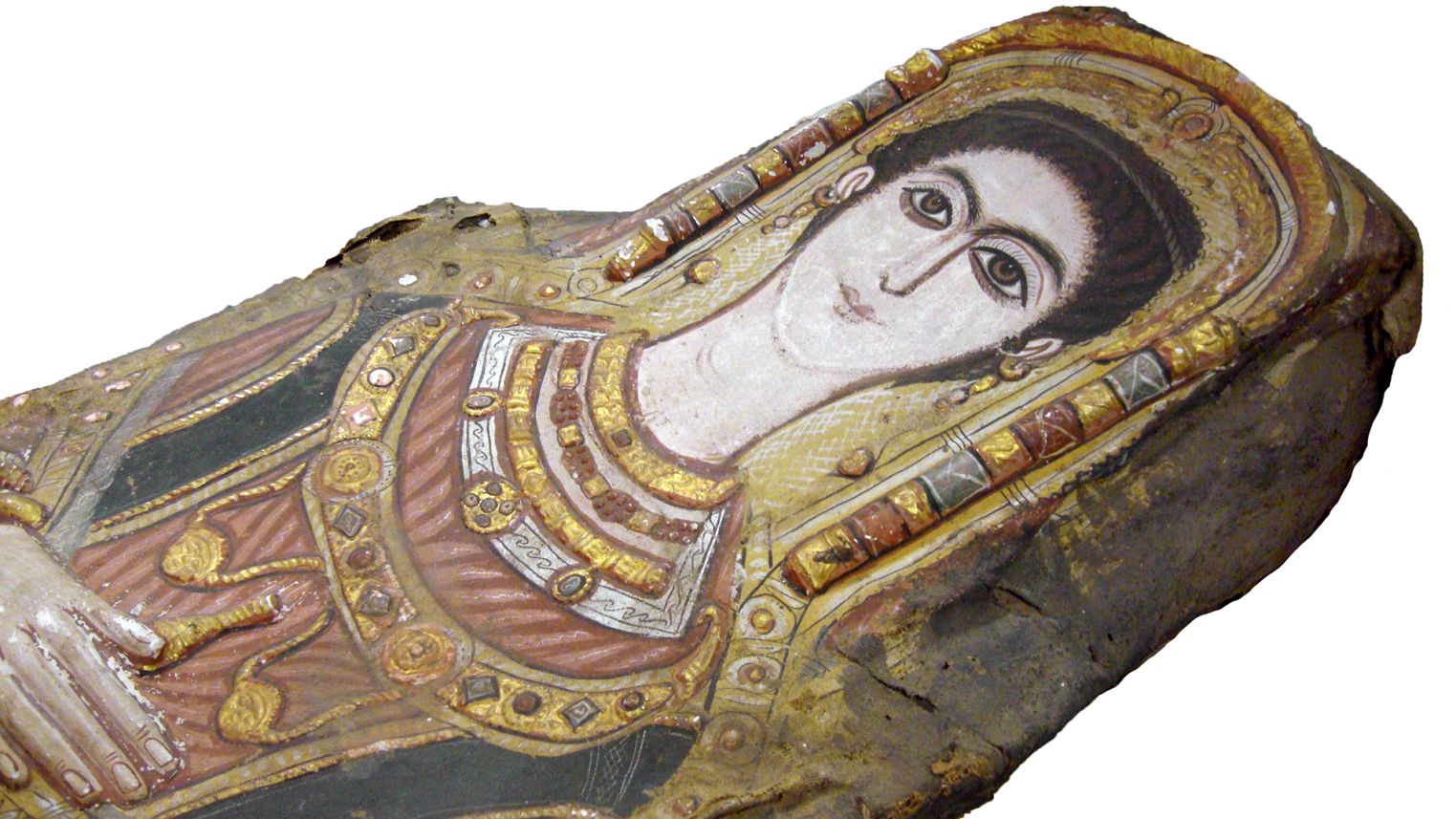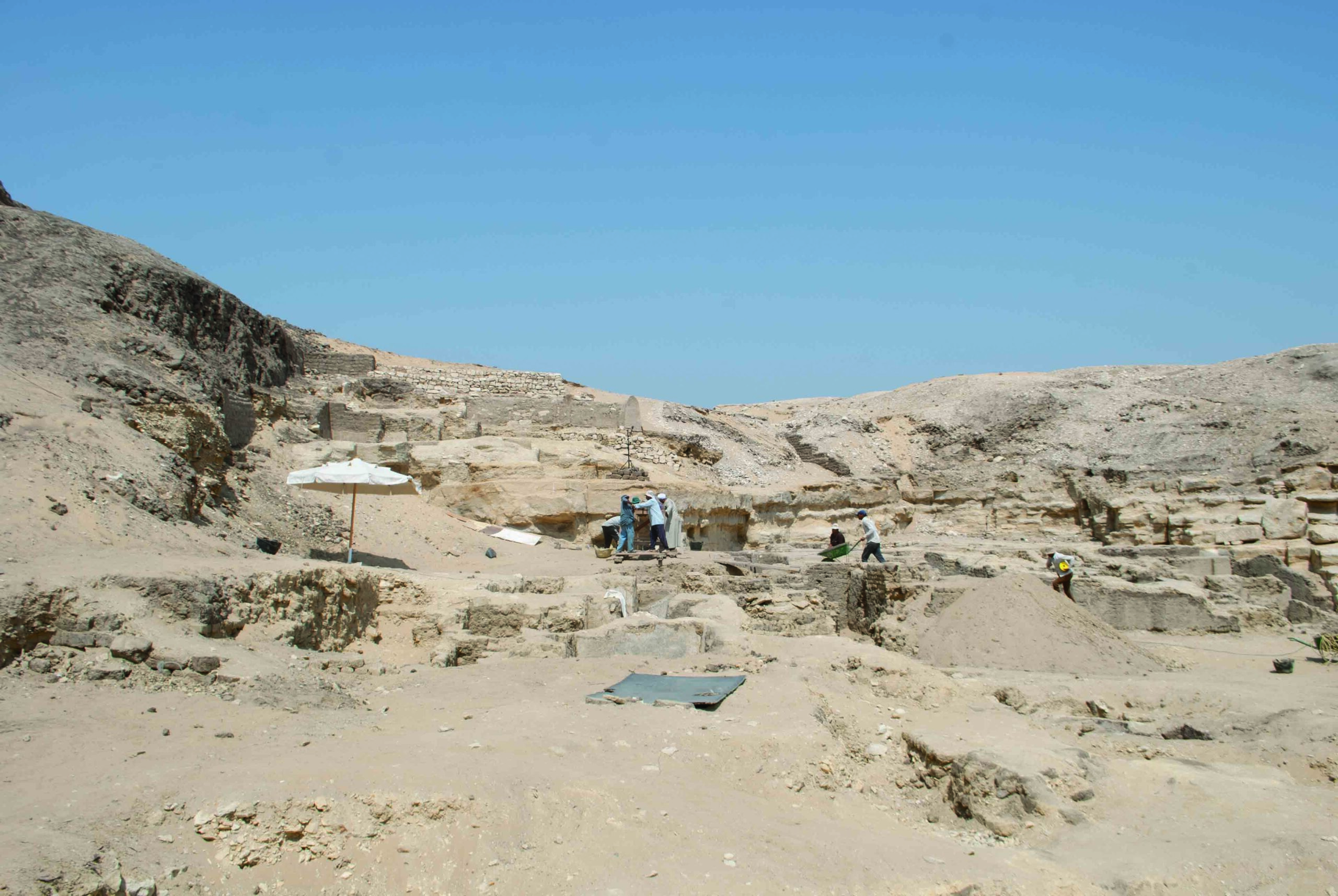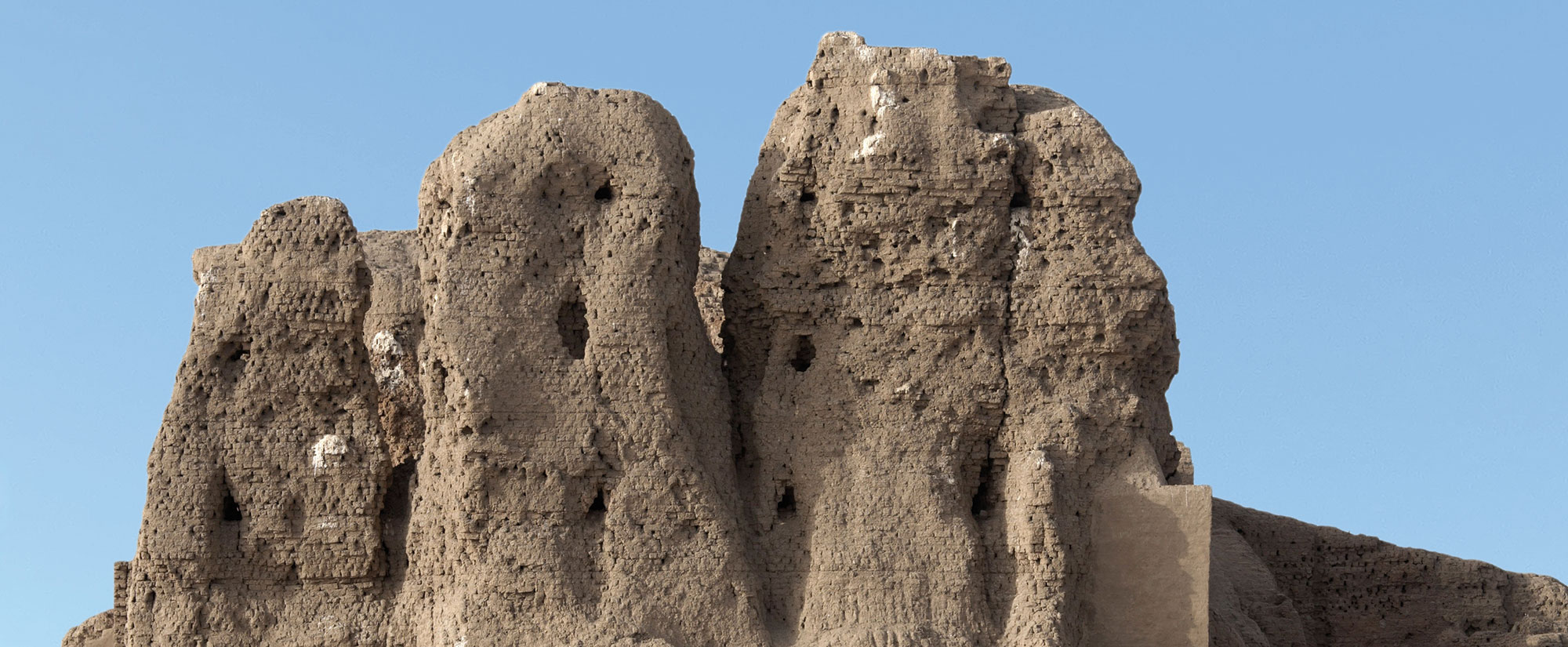
DRESDEN, GERMANY—Live Science reports that two mummies that were first excavated in Egypt's Saqqara necropolis in the early seventeenth century and a third that was discovered in the late nineteenth century have been analyzed using computed tomography (CT) scans. The mummies, which date to the late Roman period, belong to an adult male, a middle-aged female, and a teenage female. Two of the mummies were not buried in a coffin but rather were placed on wooden boards before being wrapped in textiles and decorated with 3-D plaster featuring a life-size portrait. Researchers revealed that the teenage female was buried with her brain and several internal organs intact, and both women were interred wearing several necklaces. The middle-aged woman is believed to have died between the ages of 30 and 40 and suffered from advanced arthritis in her left knee. The teenager appears to have died between the ages of 17 and 19 and had a benign tumor in her spine known as a vertebral hemangioma. To read more about the archaeology of Egypt, go to "Egypt's Eternal City."











